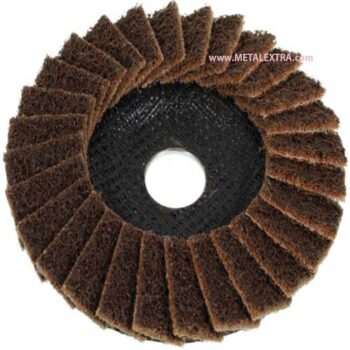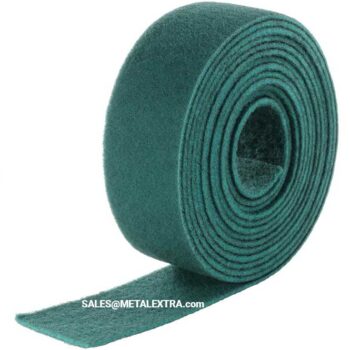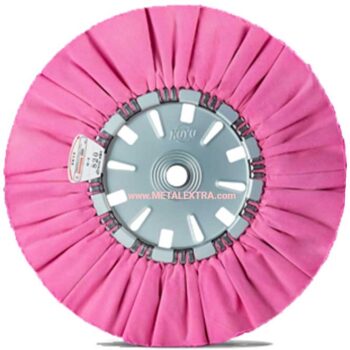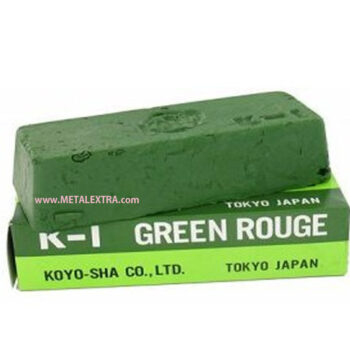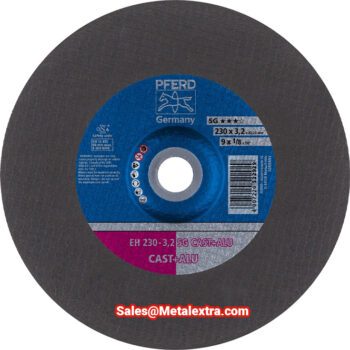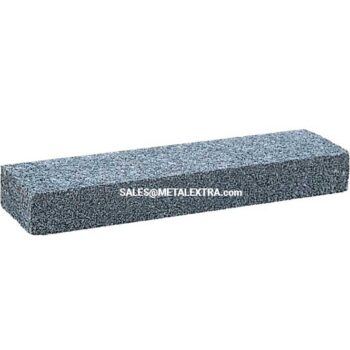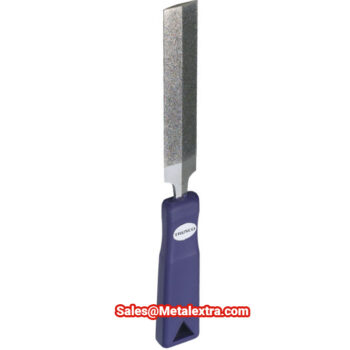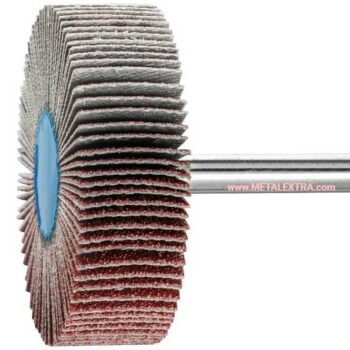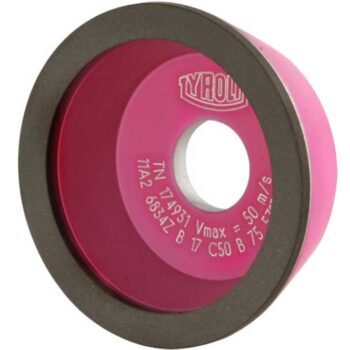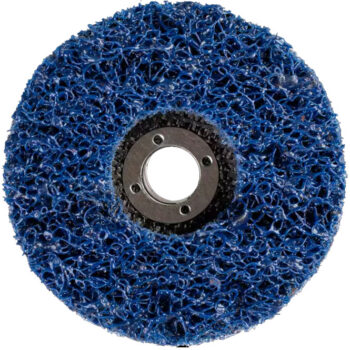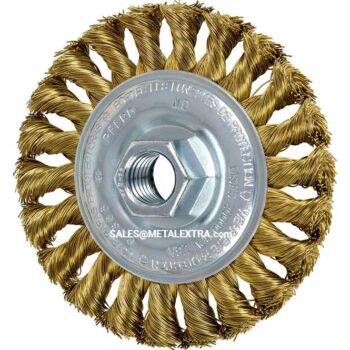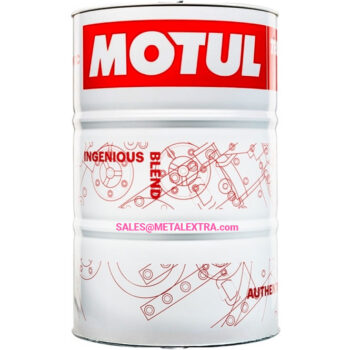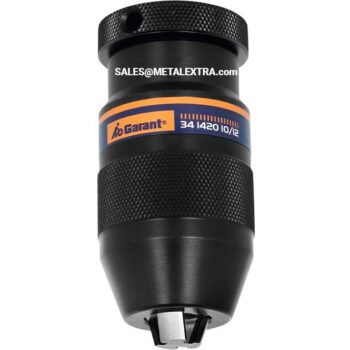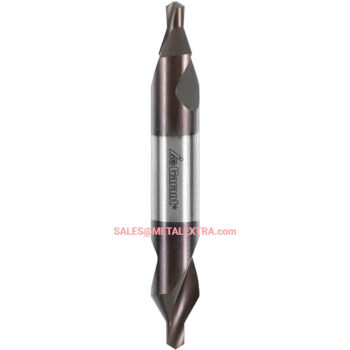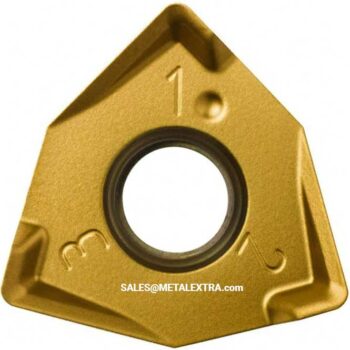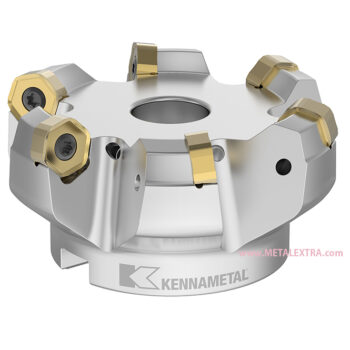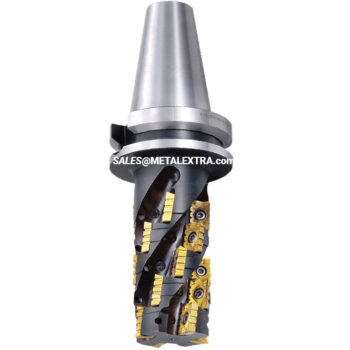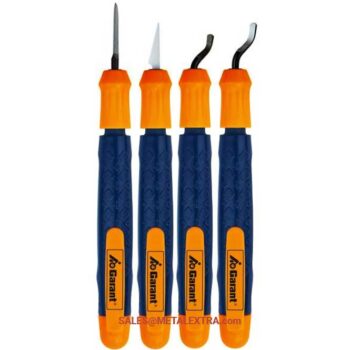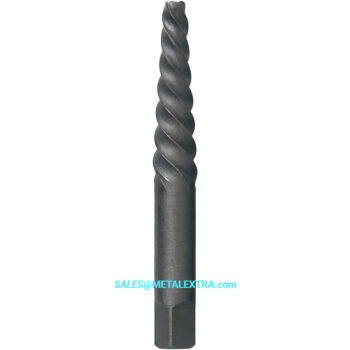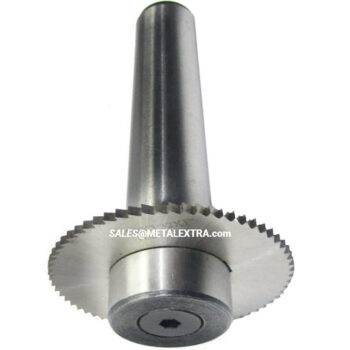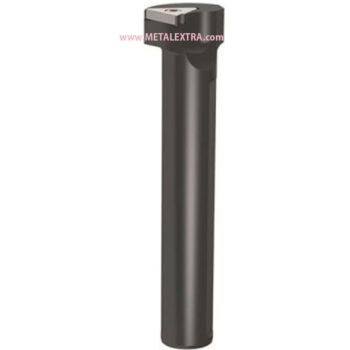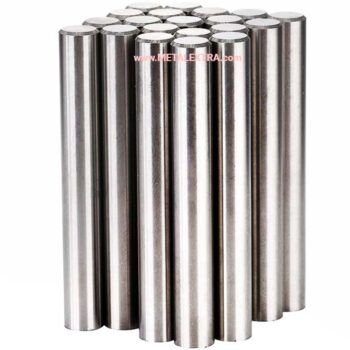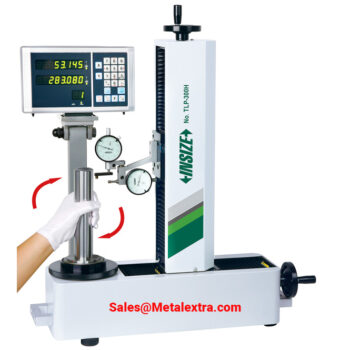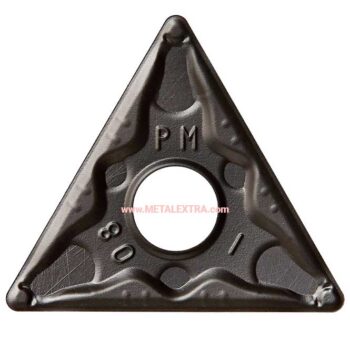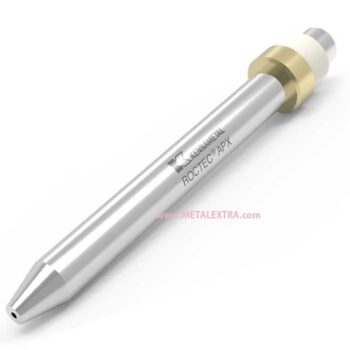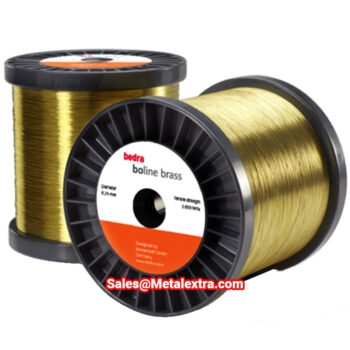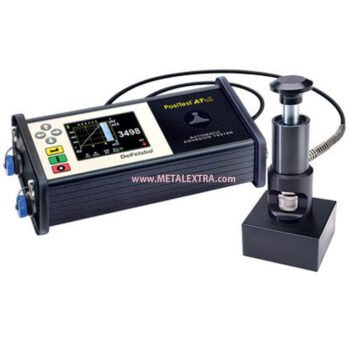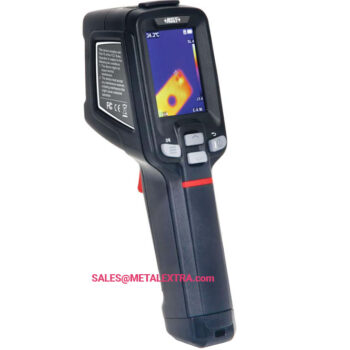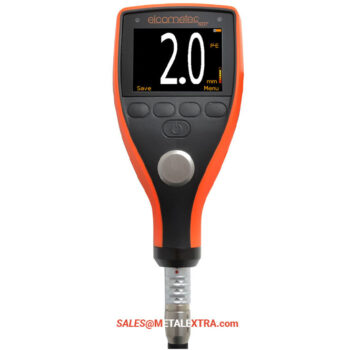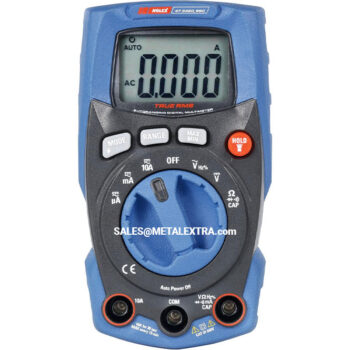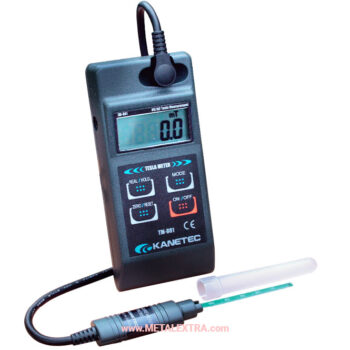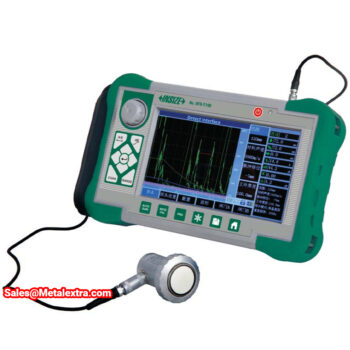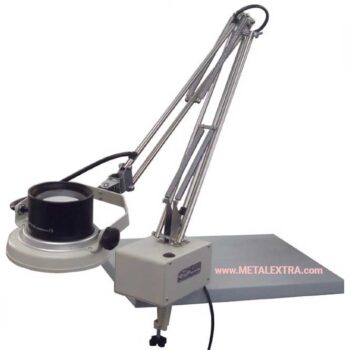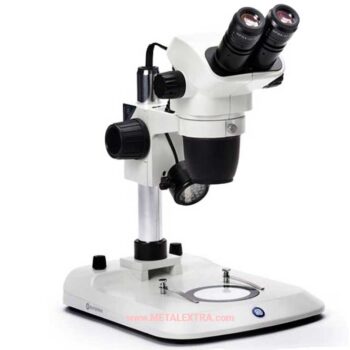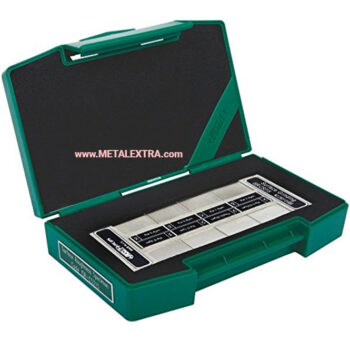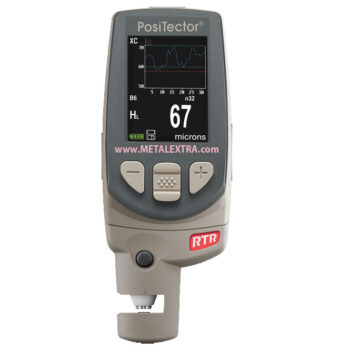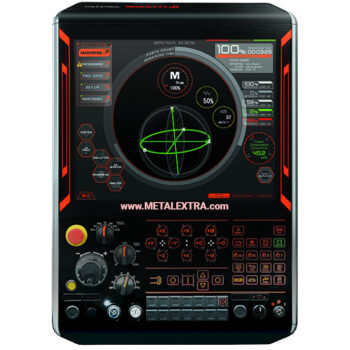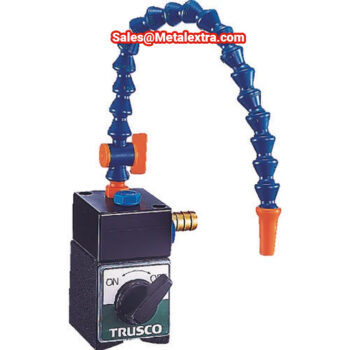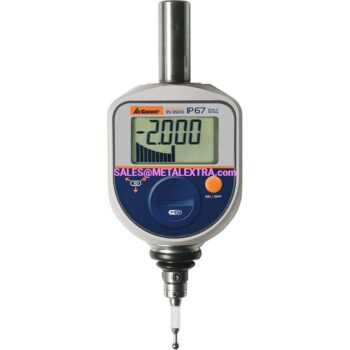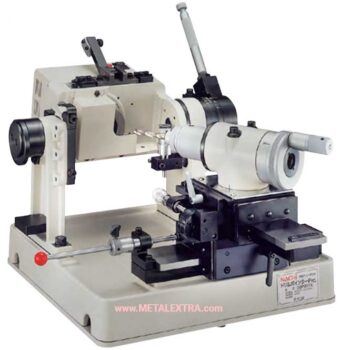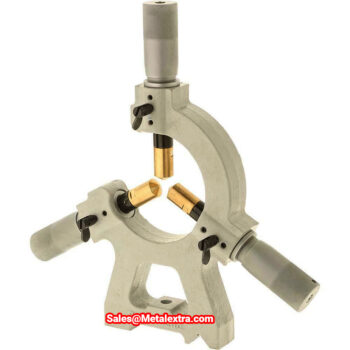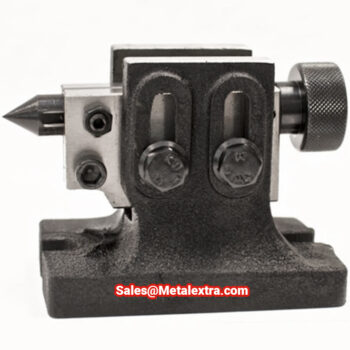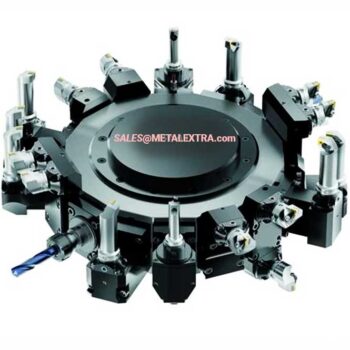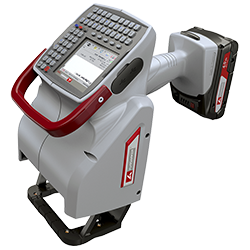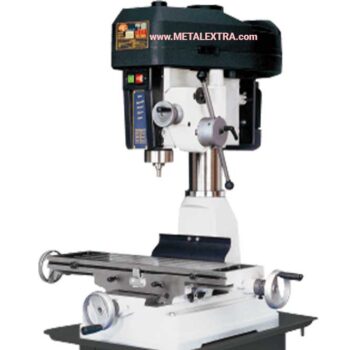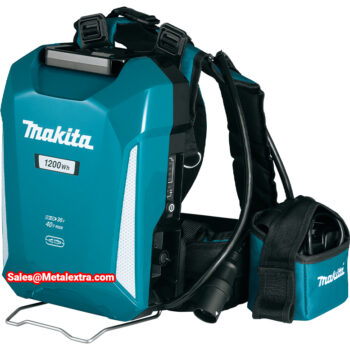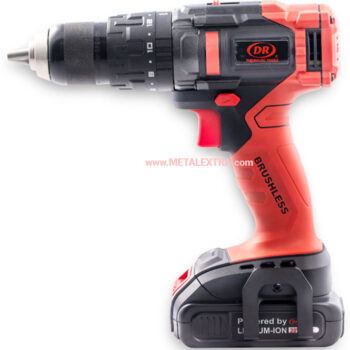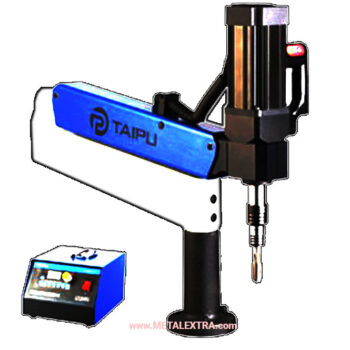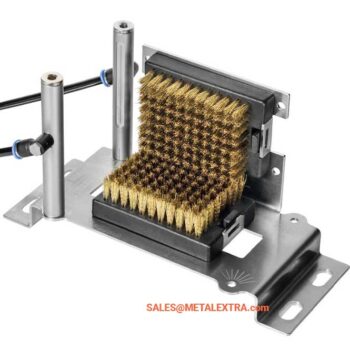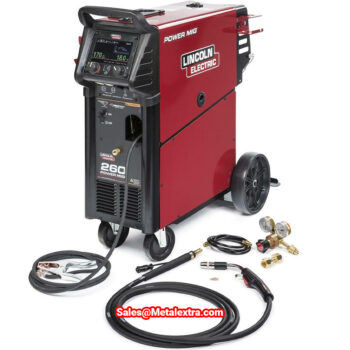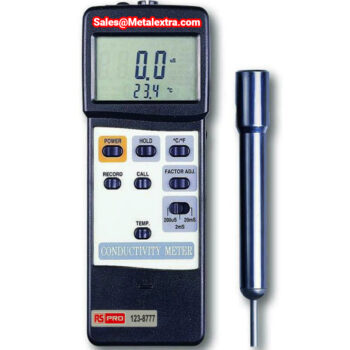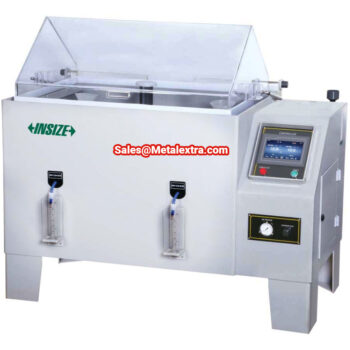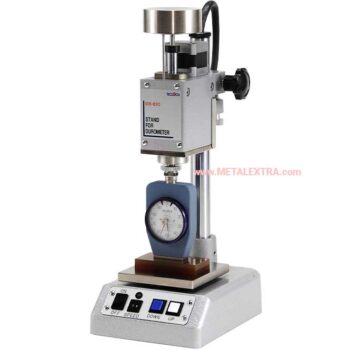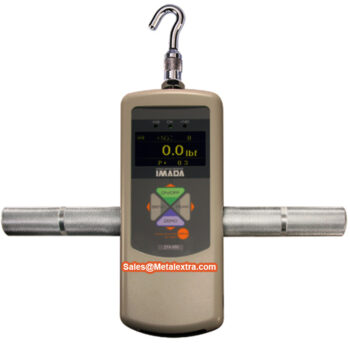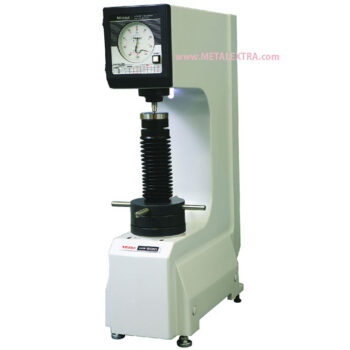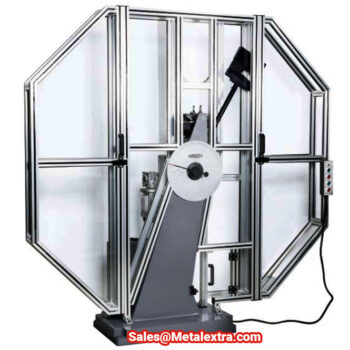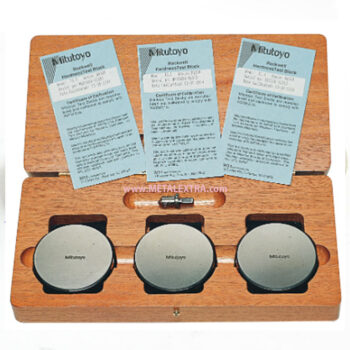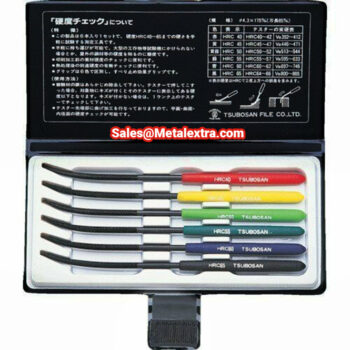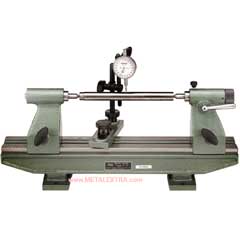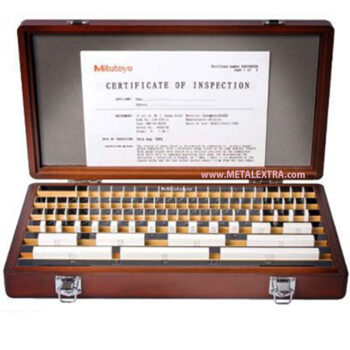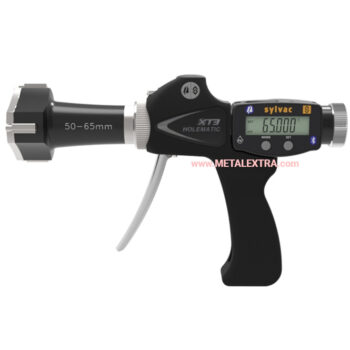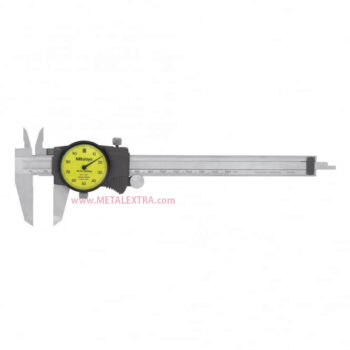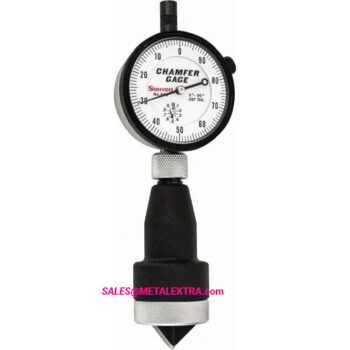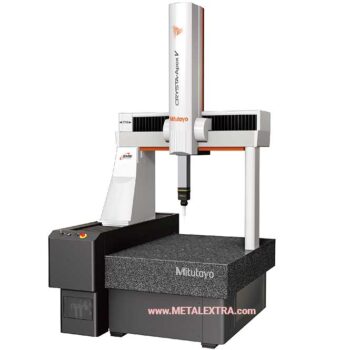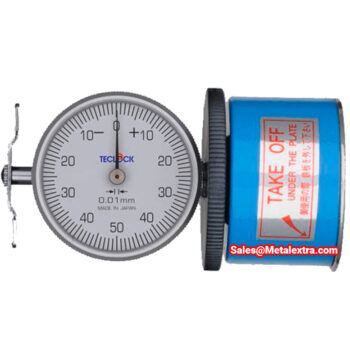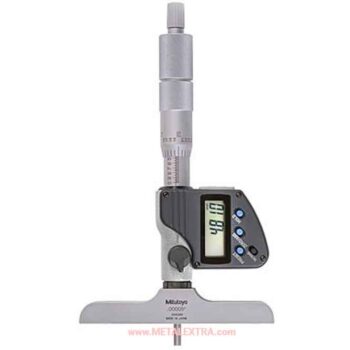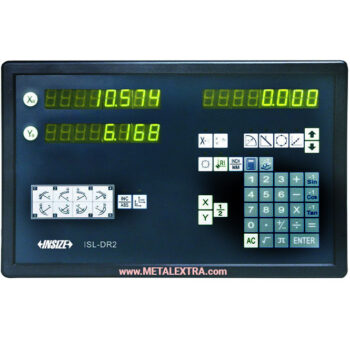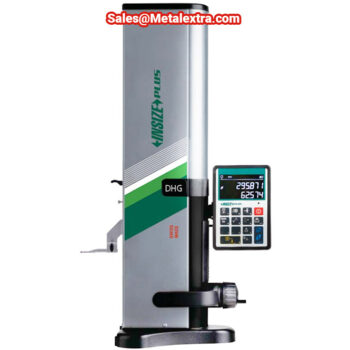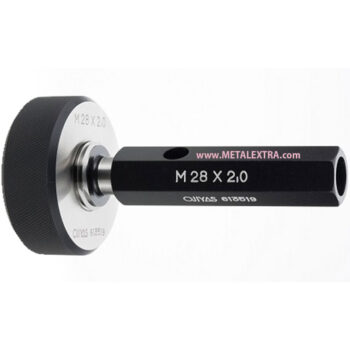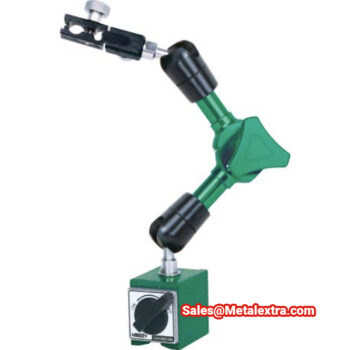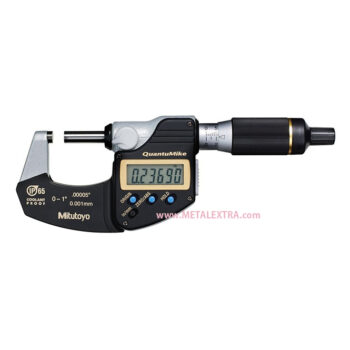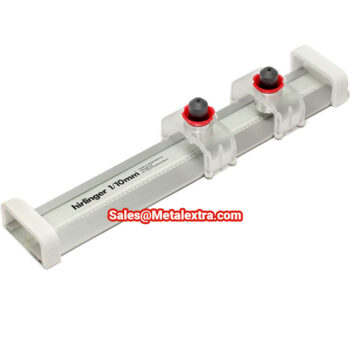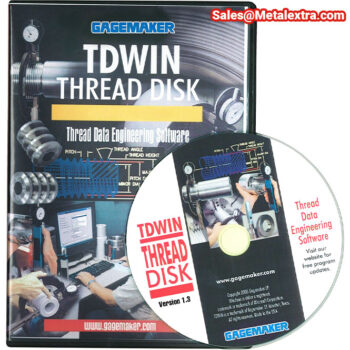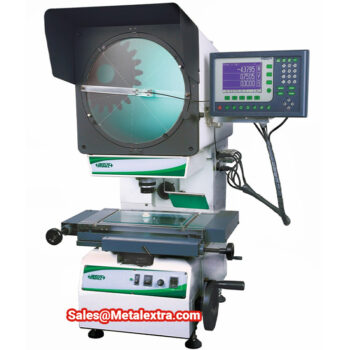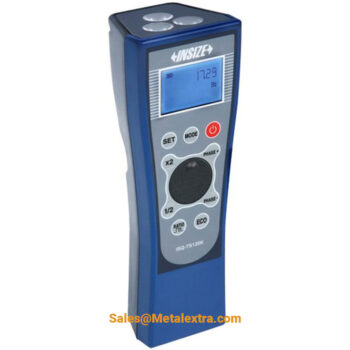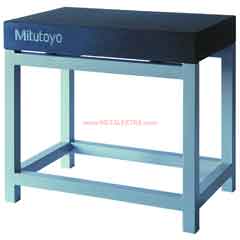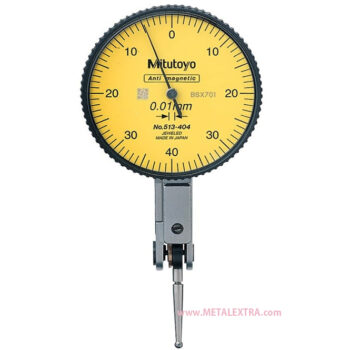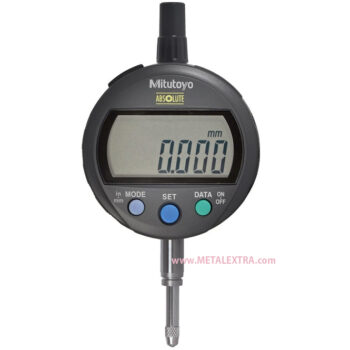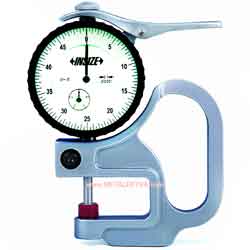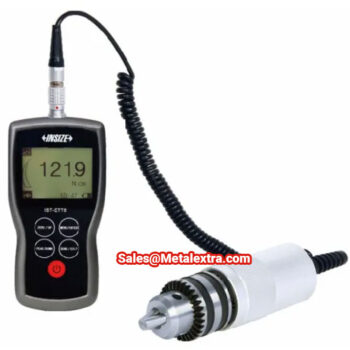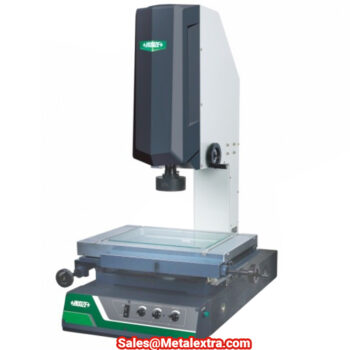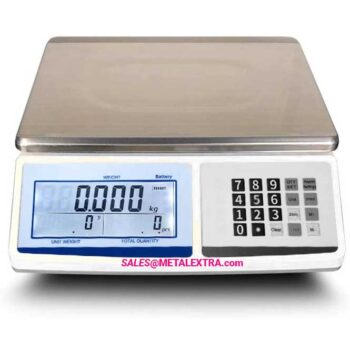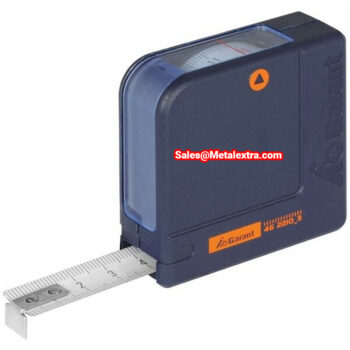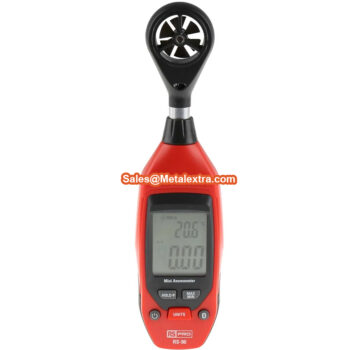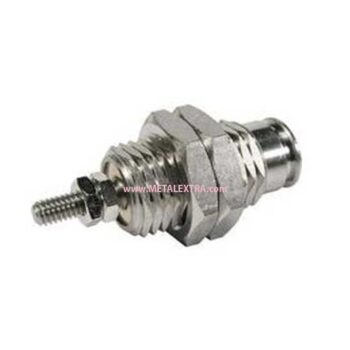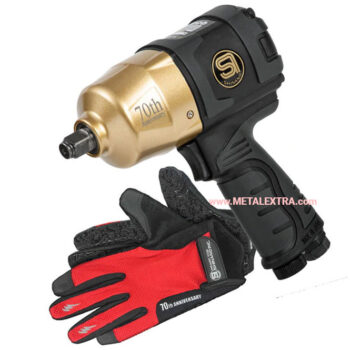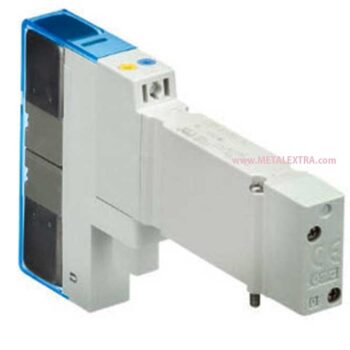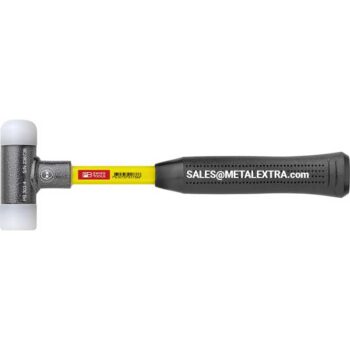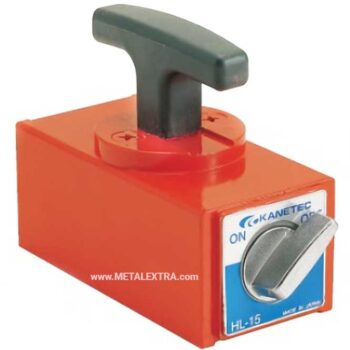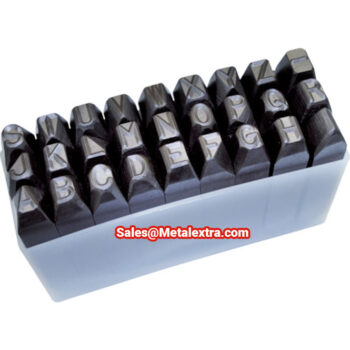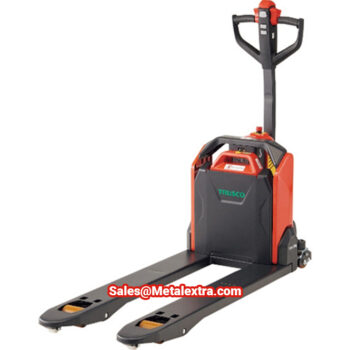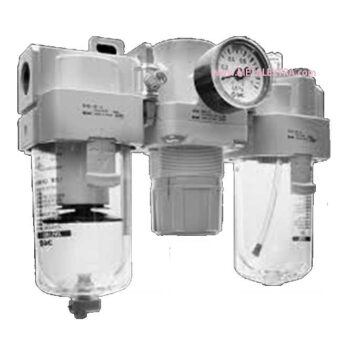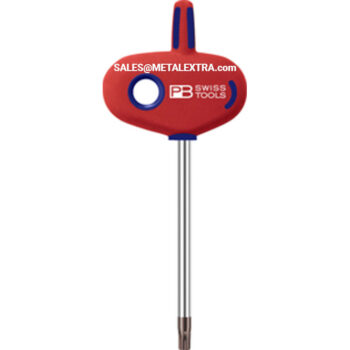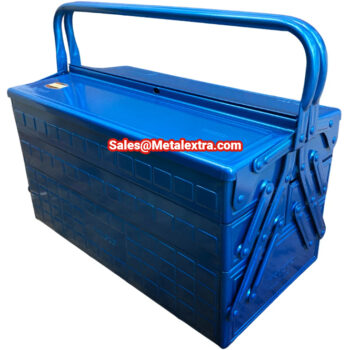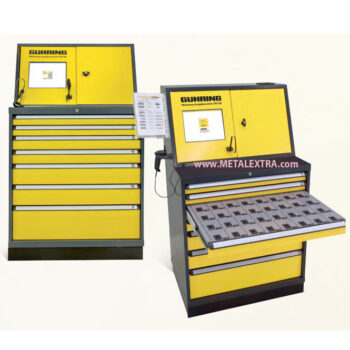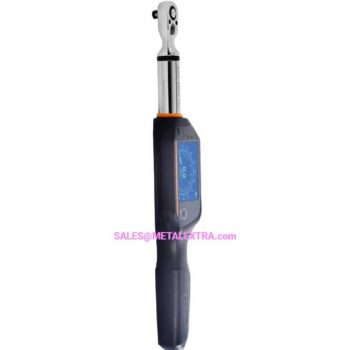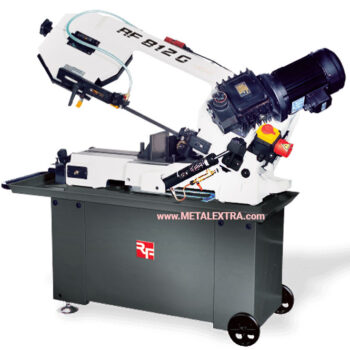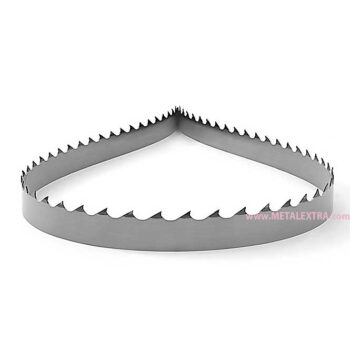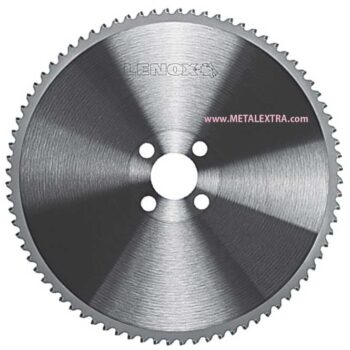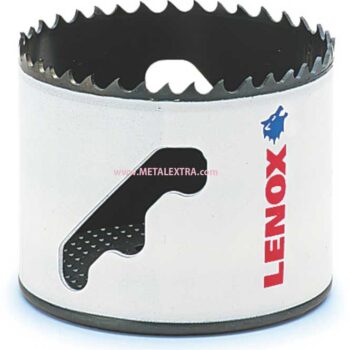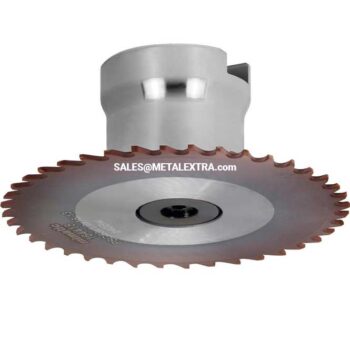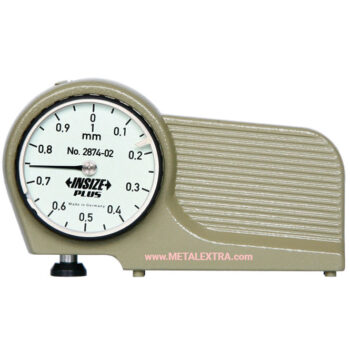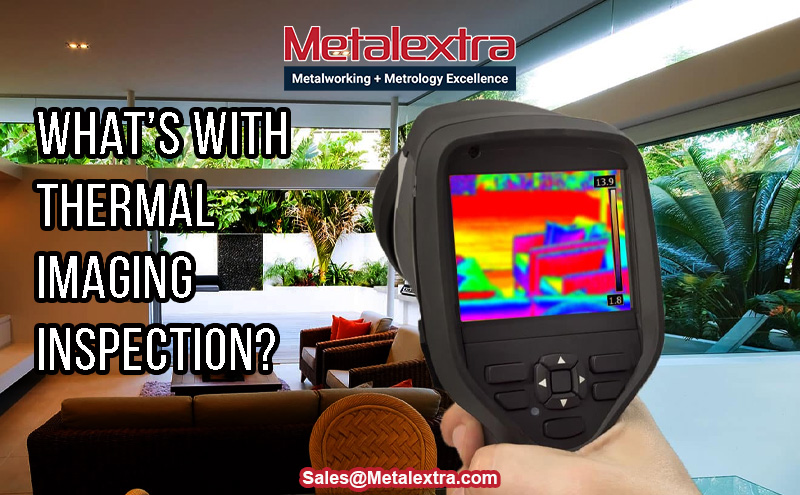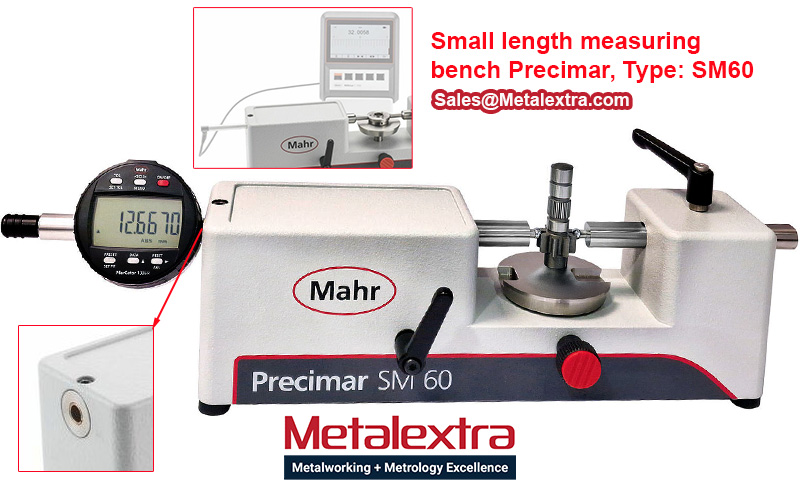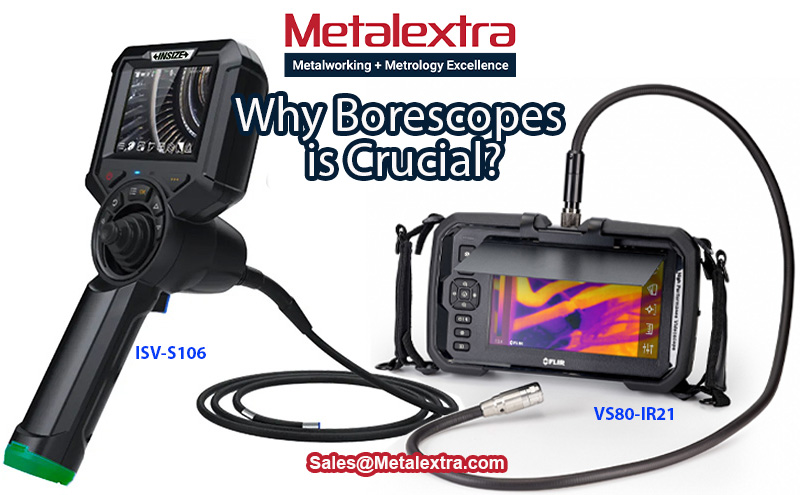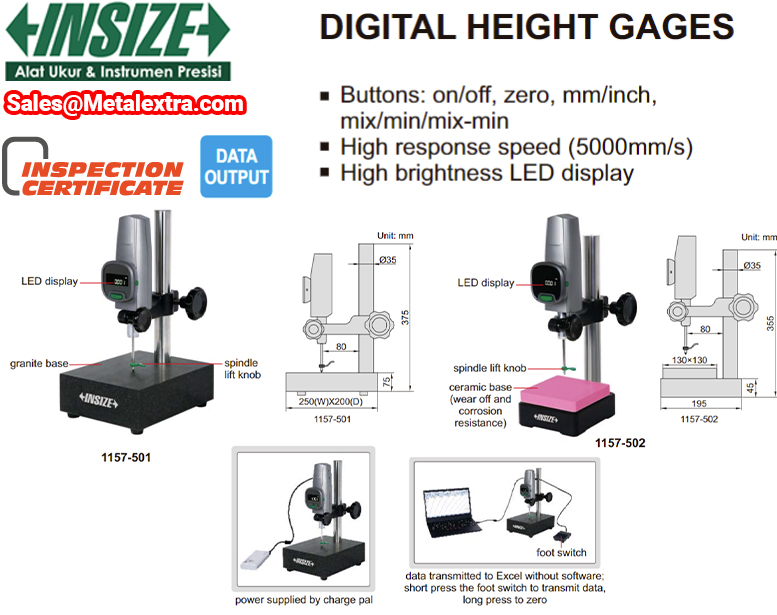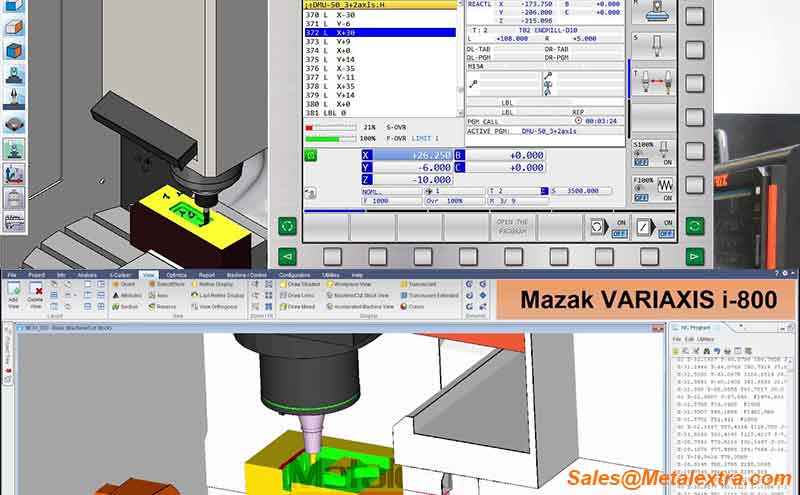Expertise, Laser, Laser Cutting
what are the problems with laser cutting of aluminum material
All kinds of metal is basically reflective towards laser beam emitted by either CO2 or fiber Ytterbium laser source. However, the laser beams emit a densely concentrated heat power reach certain threshold value is reached, the metal material will be evaporated. Aluminium alloys are widely used in engineering structures and components where light weight or corrosion resistance is required. As the demand towards aluminum arise, due to its abundance, the quest for automated cutting through this basically fragile metal is becoming a mainstream industry separated from previously known metalworking classiscs such as iron and steel. The typical alloying elements are copper, magnesium, manganese, silicon, tin and zinc.
Depends on the standard and qualities of the Aluminium alloy material itself, the compositions are registered with The Aluminum Association. Many organizations publish more specific standards for the manufacture of aluminium alloy, including the Society of Automotive Engineers standards organization, specifically its aerospace standards subgroups, and ASTM International.
In general, there are two principal classifications, namely casting alloys and wrought alloys, both of which are further subdivided into the categories heat-treatable and non-heat-treatable. About 85% of aluminium is used for wrought products, for example rolled plate, foils and extrusions. Cast aluminium alloys yield cost-effective products due to the low melting point, although they generally have lower tensile strengthsthan wrought alloys. The most important cast aluminium alloy system is Al–Si, where the high levels of silicon (4.0–13%) contribute to give good casting characteristics.
All metals are generally reflective to CO2 and fiber Ytterbium laser beams as well. When a densely concentrated heat power reach certain threshold value is reached, the material will become evaporated. Aluminum is more reflective than C-Mn steel or stainless steel and has the potential to cause damage to laser head source itself. Most laser cutting machines use a laser beam aligned normal to a flat sheet of material. This means that should the laser beam be reflected by the flat sheet it can be transmitted back through the beam delivery optics, and into the laser itself, potentially causing significant damage. This reflection does not come entirely from the sheet surface, but is caused by the formation of a molten pool which can be highly reflective. For this reason, simply spraying the sheet surface with a non-reflective coating will not completely eliminate the problem. As a general rule the addition of alloying elements reduces the reflectivity of aluminum to the laser, so pure aluminum is harder to process than a more traditional 5000 series alloy.
Alloys composed mostly of aluminum have been very important in aerospace manufacturing since the introduction of metal-skinned aircraft. Aluminum-magnesium alloys are both lighter than other aluminum alloys and much less flammable than alloys that contain a very high percentage of magnesium.
With good, consistent cutting parameters the likelihood of a reflection can be reduced to almost zero, depending on the materials used. However it is still necessary to be able to prevent damage to the laser while developing the conditions or if something goes wrong with the equipment. The ‘aluminium cutting system’ which most modern equipment uses is actually a way of protecting the laser rather than an innovative technique for cutting. This system usually takes the form of a back reflection system which can detect if too much laser radiation is being reflected back through the optics. This will often automatically stop the laser, before any major damage is caused. Without this system there are risks with processing aluminum as there is no way of detecting if potentially hazardous reflections are occurring.
Furthermore, Aluminum alloy surfaces will develop a white, protective layer of aluminium oxide if left unprotected by anodizing and/or correct painting procedures. Such conditions may alter the quality of its edges of cut, especially In a wet environment, galvanic corrosion can occur when an aluminum alloy is placed in electrical contact with other metals with more positive corrosion potentials than aluminum, and an electrolyte is present that allows ion exchange. Referred to as dissimilar-metal corrosion, this process can occur as ex-foliation or as inter-granular corrosion. Aluminum alloys can be improperly heat treated and affected by the way the finish products being stored. After the cutting process, if the surface of cut are left barely exposed, internal element will separate, and the metal then corrodes from the inside out.
As a relentless industrial think tank company, we have been serving various scale of industries in the field of: Electronics, Precision mechanics, Cannery and Bottling, Heavy Industries, Pharmaceuticals and Laboratories. METALEXTRA.com is a platform to promote precision and efficiency to engineers, technician and industrialist in Indonesia. If you are confident that you have the quality assurance and keen to expand your horizon, contact us at: moc.artxelatem@selaS.
Source: Metalextra Batam Indonesia

